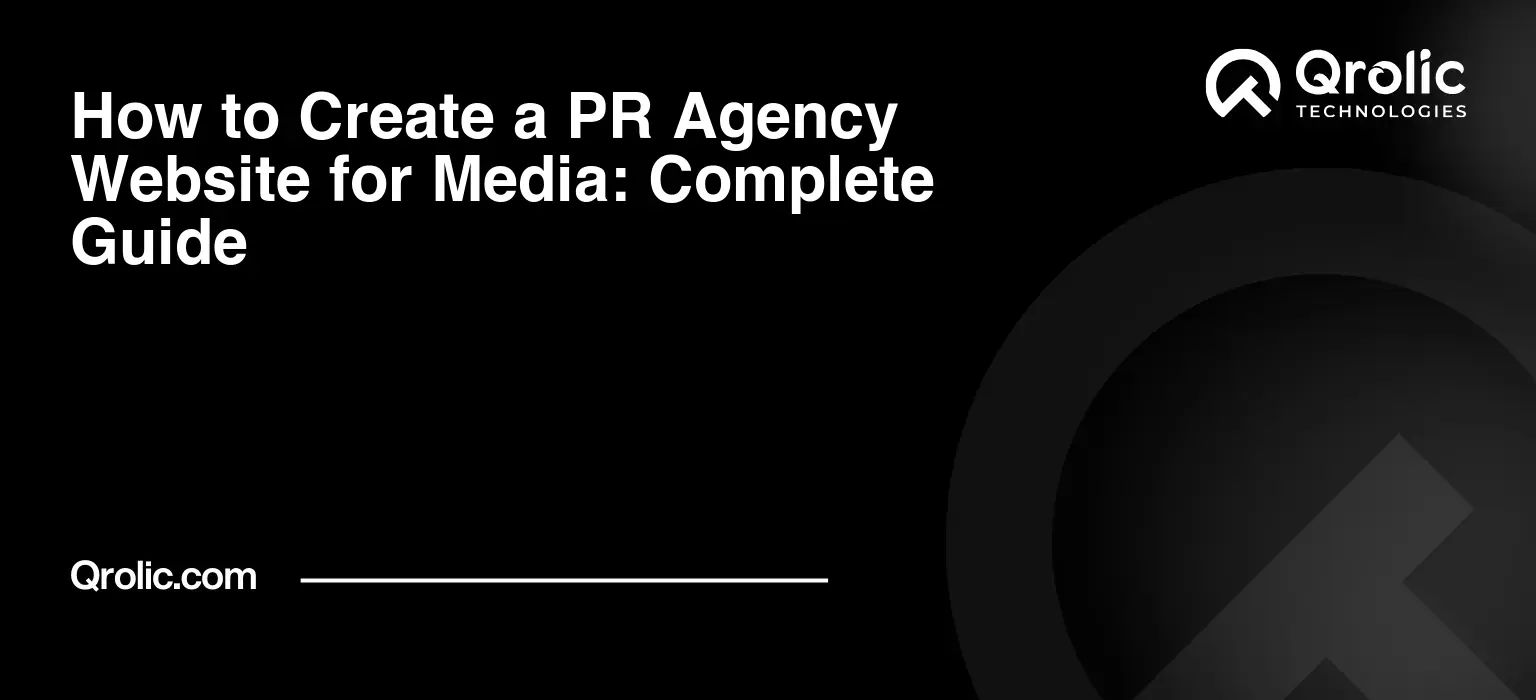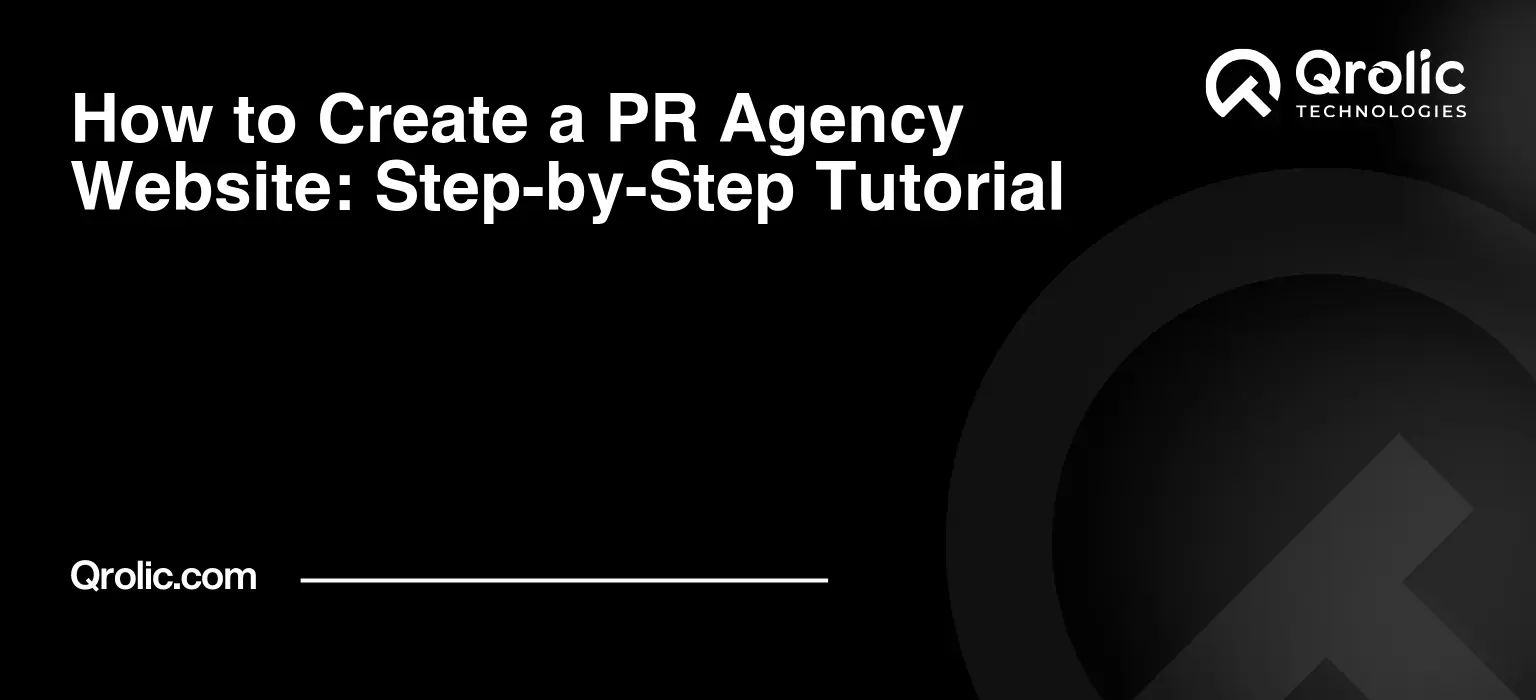Quick Summary:
- Your PR website is crucial for attracting media.
- Create a dedicated media room with key resources.
- Optimize design for easy use and mobile access.
- Use SEO and analytics to boost visibility.
Table of Contents
- The Powerhouse First Impression: Why Your PR Agency Website Matters
- Why a Dedicated Media Section is Non-Negotiable
- The Consequences of a Poorly Designed Website: Lost Opportunities
- Defining Your Audience: Who Are You Trying to Reach?
- Understanding the Media Landscape: Their Needs and Pain Points
- Segmenting Your Media Contacts: Tailoring Content for Specific Niches
- Developing Media Personas: Putting a Face to Your Ideal Contact
- Crafting Compelling Content: What to Include on Your PR Agency Website
- Essential Pages for a PR Agency Website
- The Anatomy of a Stellar Media Room
- Optimizing Your Content for Search Engines (SEO)
- Designing for User Experience: Creating a Seamless Journey for the Media
- Website Design Principles for PR Agencies
- Optimizing for Mobile Devices: Reaching Journalists on the Go
- Accessibility Considerations: Ensuring Inclusivity
- Promoting Your Website: Getting the Word Out
- SEO Strategies for Media Outreach
- Social Media Engagement: Connecting with Journalists Online
- Email Marketing: Building Relationships with Media Contacts
- Networking and Outreach: Building Personal Connections
- Measuring Success: Tracking Your Website’s Performance
- Key Metrics to Monitor
- Using Analytics Tools: Google Analytics and Beyond
- A/B Testing: Continuously Improving Your Website
- Qrolic Technologies: Your Partner in Building a Powerful PR Agency Website
- How Qrolic Technologies Can Help Your PR Agency
- Our Expertise in Media-Focused Design
- Why Choose Qrolic Technologies?
- Staying Ahead of the Curve: Future-Proofing Your Website
- Emerging Trends in Website Design and PR
- Continuous Improvement: A Never-Ending Process
The Powerhouse First Impression: Why Your PR Agency Website Matters
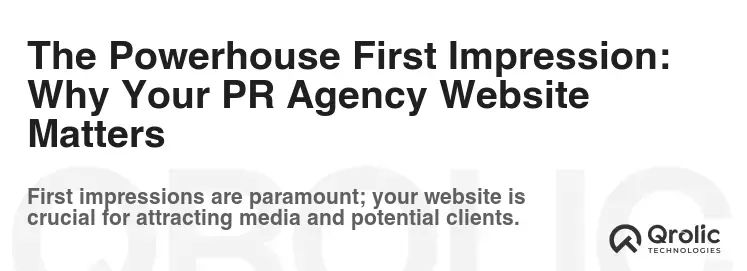
A PR agency website isn’t just a digital brochure; it’s your 24/7 ambassador, a crucial hub for attracting clients, talent, and, most importantly, media contacts. In a world saturated with information, a well-crafted website can be the deciding factor in whether a journalist chooses to cover your client’s story or scrolls right past. It’s the digital handshake, the first glimpse into your agency’s capabilities, culture, and commitment to excellence. It’s where you showcase your successes, highlight your expertise, and build trust with the very people you need to influence. It’s your most powerful marketing tool, working tirelessly to elevate your brand and drive business growth.
Why a Dedicated Media Section is Non-Negotiable
Think about the media professional. They’re under constant pressure, facing tight deadlines, and bombarded with pitches. They need information, and they need it now. A dedicated media section streamlines their workflow, making it easier for them to access press releases, high-resolution images, contact information, and other essential resources. By catering to their needs, you build goodwill, foster relationships, and increase the likelihood of securing valuable coverage for your clients. This section signals that you understand their world and are committed to making their job easier. It shows you respect their time and are a valuable partner in their journalistic endeavors.
The Consequences of a Poorly Designed Website: Lost Opportunities
A clunky, outdated, or difficult-to-navigate website sends a clear message: your agency isn’t detail-oriented, tech-savvy, or truly invested in creating a positive user experience. This translates directly into lost opportunities. Media contacts might struggle to find the information they need and move on to a competitor with a more user-friendly site. Potential clients might question your ability to effectively represent their brand in the digital age. And talented professionals might hesitate to join an agency that doesn’t prioritize its online presence. In today’s digital landscape, a subpar website is a serious liability.
Defining Your Audience: Who Are You Trying to Reach?
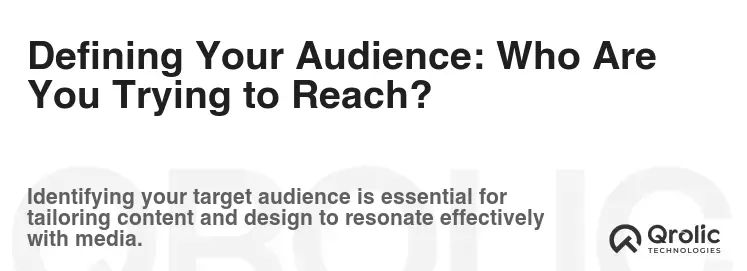
Before you even think about design or content, you need a crystal-clear understanding of your target audience. While your website caters to both potential clients and potential employees, the media is a unique and particularly influential segment that demands special attention.
Understanding the Media Landscape: Their Needs and Pain Points
Journalists, bloggers, editors, and influencers each have their own specific needs and preferences. They’re looking for:
- Accurate and Timely Information: Facts matter. Ensure your press releases and other materials are thoroughly vetted and up-to-date.
- High-Quality Visual Assets: Provide readily available, high-resolution images, videos, and infographics that are free to use.
- Easy Access to Experts: Make it simple for media contacts to connect with relevant spokespeople for interviews and quotes.
- Story Ideas and Angles: Offer compelling narratives and unique perspectives that align with their publication’s audience.
- No-Hassle Communication: Respect their time and preferences. Avoid spamming them with irrelevant pitches or aggressive follow-up tactics.
Understanding these pain points allows you to tailor your website content and design to meet their specific requirements, building trust and fostering mutually beneficial relationships.
Segmenting Your Media Contacts: Tailoring Content for Specific Niches
Don’t treat all media contacts the same. Segment them based on their industry focus, publication type, and geographical location. This allows you to create targeted content and personalized communication strategies that resonate with their specific interests and needs.
- Industry-Specific Press Releases: Ensure that press releases are relevant to the journalist’s beat. A tech journalist won’t be interested in a food industry announcement.
- Localized Content: Highlight stories and data that are relevant to the media outlet’s geographical region.
- Tailored Pitches: Craft personalized pitches that demonstrate your understanding of their publication’s style and audience.
By segmenting your media contacts, you can deliver more relevant and valuable content, increasing the likelihood of securing coverage and building long-term relationships.
Developing Media Personas: Putting a Face to Your Ideal Contact
Creating media personas is a powerful exercise that helps you visualize your ideal media contact and understand their motivations, challenges, and goals. Give them a name, a job title, and a backstory. What are their responsibilities? What are their biggest frustrations? What kind of stories are they looking for? By developing detailed media personas, you can create more targeted and effective content that resonates with their specific needs and preferences.
Example Media Persona:
- Name: Sarah Miller
- Job Title: Tech Reporter, The Daily Tech Blog
- Responsibilities: Covering emerging technologies, writing daily news articles, conducting interviews with industry leaders.
- Biggest Frustrations: Receiving irrelevant press releases, struggling to find reliable sources, facing tight deadlines.
- Story Interests: Innovative startups, disruptive technologies, cybersecurity threats, artificial intelligence.
Crafting Compelling Content: What to Include on Your PR Agency Website
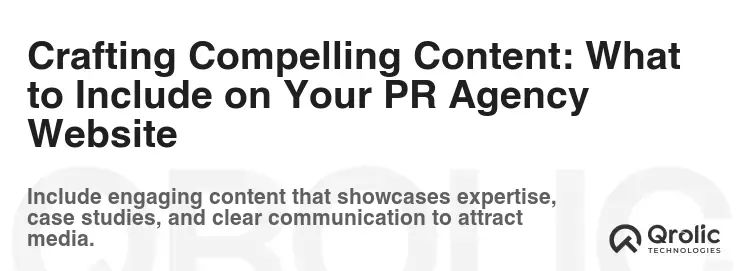
Content is king, and it’s especially true when it comes to attracting media attention. Your website should be a treasure trove of valuable information that journalists can use to craft compelling stories.
Essential Pages for a PR Agency Website
- Homepage: Your first impression. Clearly communicate your agency’s value proposition, showcasing your expertise and client successes. Include high-quality visuals, compelling headlines, and clear calls to action.
- About Us: Tell your story. Highlight your agency’s mission, values, and team. Emphasize your unique selling points and what sets you apart from the competition.
- Services: Clearly outline the range of services you offer, from media relations and content creation to crisis communication and social media management.
- Case Studies: Showcase your successes. Provide detailed examples of your work, highlighting the challenges you faced, the strategies you employed, and the results you achieved.
- Blog: Share your insights. Regularly publish valuable content related to PR, marketing, and media relations. This helps establish your expertise and attract organic traffic.
- Contact Us: Make it easy to connect. Provide clear contact information, including phone numbers, email addresses, and a contact form.
- Media Room (Dedicated Section): The centerpiece of your media outreach efforts.
The Anatomy of a Stellar Media Room
Your media room should be a one-stop shop for journalists, providing all the information they need to write about your clients.
- Press Releases: Organize press releases by date, topic, and client. Make them easily searchable and downloadable in multiple formats (e.g., PDF, Word).
- Image Gallery: Provide high-resolution images of your clients, their products, and their team. Ensure that images are properly labeled and captioned.
- Video Library: Include relevant videos, such as product demonstrations, interviews, and event highlights.
- Fact Sheets: Offer concise summaries of key information about your clients, including their history, mission, products, and services.
- Executive Biographies: Provide detailed biographies of your clients’ key executives, highlighting their expertise and credentials.
- Contact Information: Clearly display contact information for your agency’s media relations team, including phone numbers, email addresses, and social media links.
- News Coverage: Showcase past media coverage of your clients, demonstrating your agency’s ability to secure valuable press placements.
- Downloadable Media Kit: Compile all the essential resources into a single downloadable file for easy access.
Optimizing Your Content for Search Engines (SEO)
- Keyword Research: Identify the keywords that your target audience is using to search for PR agencies. Incorporate these keywords naturally into your website content, including page titles, meta descriptions, and headings.
- On-Page Optimization: Optimize each page of your website for relevant keywords. Use descriptive URLs, write compelling meta descriptions, and use header tags (H1, H2, H3) to structure your content.
- Image Optimization: Optimize your images for search engines by using descriptive file names and alt tags.
- Internal Linking: Link to relevant pages on your website to improve navigation and boost your search engine ranking.
- Mobile Optimization: Ensure that your website is mobile-friendly, as a significant portion of web traffic now comes from mobile devices.
- High-Quality Content: Create valuable and engaging content that will attract links and shares.
Designing for User Experience: Creating a Seamless Journey for the Media
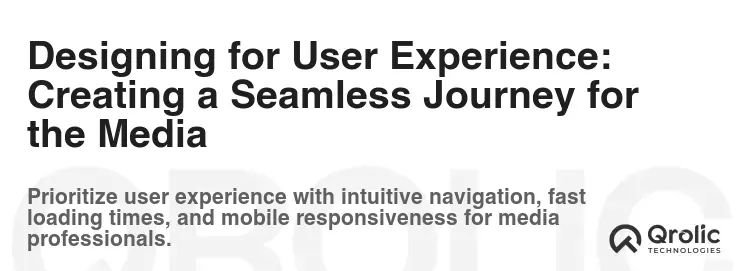
A visually appealing and user-friendly website is essential for attracting and retaining media attention. Your website should be easy to navigate, visually appealing, and optimized for all devices.
Website Design Principles for PR Agencies
- Clean and Modern Design: Avoid clutter and prioritize readability. Use a clean and modern design that reflects your agency’s professionalism and attention to detail.
- Intuitive Navigation: Make it easy for visitors to find the information they need. Use clear and concise navigation menus and a well-organized site structure.
- Mobile-First Approach: Design your website with mobile devices in mind. Ensure that it is responsive and adapts seamlessly to different screen sizes.
- Visual Hierarchy: Use visual cues to guide visitors through your content. Use headings, subheadings, and bullet points to break up text and highlight key information.
- Consistent Branding: Maintain a consistent brand identity throughout your website, using your logo, colors, and fonts.
- Fast Loading Speed: Optimize your website for speed to ensure a positive user experience.
Optimizing for Mobile Devices: Reaching Journalists on the Go
Journalists are often on the go, reporting from events, conducting interviews, and chasing deadlines. They need to be able to access your website and its resources from their mobile devices.
- Responsive Design: Ensure that your website adapts seamlessly to different screen sizes, providing a consistent user experience across all devices.
- Touch-Friendly Navigation: Make it easy for users to navigate your website using touch gestures.
- Fast Loading Speed: Optimize your website for mobile devices to ensure fast loading speeds, even on slow internet connections.
- Simplified Content: Provide concise and easily digestible content that is optimized for mobile viewing.
Accessibility Considerations: Ensuring Inclusivity
Make your website accessible to everyone, including people with disabilities. This not only demonstrates your commitment to inclusivity but also improves the overall user experience.
- Alt Text for Images: Provide descriptive alt text for all images, allowing screen readers to describe the images to visually impaired users.
- Keyboard Navigation: Ensure that your website can be navigated using a keyboard, allowing users who cannot use a mouse to access your content.
- Sufficient Color Contrast: Use sufficient color contrast between text and background to ensure readability for users with visual impairments.
- Clear and Concise Language: Use clear and concise language that is easy to understand for users with cognitive disabilities.
- Captions and Transcripts for Videos: Provide captions and transcripts for all videos, making them accessible to users who are deaf or hard of hearing.
Promoting Your Website: Getting the Word Out
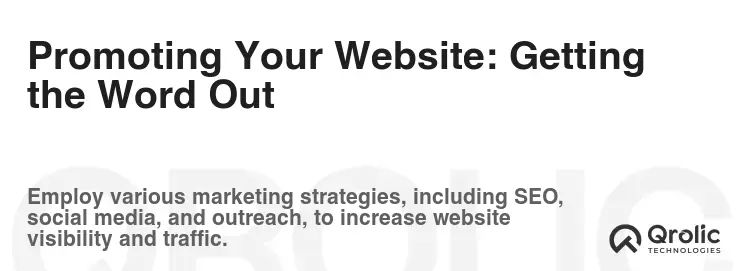
Creating a great website is only half the battle. You also need to promote it to your target audience, including media contacts.
SEO Strategies for Media Outreach
- Target Relevant Keywords: Optimize your website content for keywords that are relevant to your target media contacts.
- Build High-Quality Backlinks: Earn backlinks from reputable websites, including news outlets and industry blogs.
- Create Shareable Content: Produce valuable and engaging content that journalists will want to share with their audience.
- Monitor Your Search Engine Ranking: Track your website’s performance in search engines and make adjustments as needed.
Social Media Engagement: Connecting with Journalists Online
Social media is a powerful tool for connecting with journalists and promoting your website.
- Identify Your Target Journalists: Identify the journalists who are most relevant to your industry and follow them on social media.
- Share Valuable Content: Share your website content on social media, highlighting the information that is most relevant to journalists.
- Engage in Conversations: Participate in conversations on social media, sharing your insights and building relationships with journalists.
- Use Relevant Hashtags: Use relevant hashtags to increase the visibility of your social media posts.
Email Marketing: Building Relationships with Media Contacts
Email marketing can be an effective way to build relationships with media contacts and promote your website.
- Build a Targeted Email List: Build an email list of journalists who are relevant to your industry.
- Send Personalized Emails: Send personalized emails to journalists, highlighting the information that is most relevant to their interests.
- Offer Exclusive Content: Provide journalists with exclusive access to content and resources that are not available on your website.
- Track Your Results: Track the performance of your email campaigns and make adjustments as needed.
Networking and Outreach: Building Personal Connections
Building personal connections with journalists is essential for long-term success.
- Attend Industry Events: Attend industry events and conferences to meet journalists in person.
- Offer Expert Commentary: Offer expert commentary on industry news and trends.
- Be a Resource: Be a valuable resource for journalists, providing them with information and insights that they can use in their stories.
- Build Relationships: Build genuine relationships with journalists based on trust and mutual respect.
Measuring Success: Tracking Your Website’s Performance
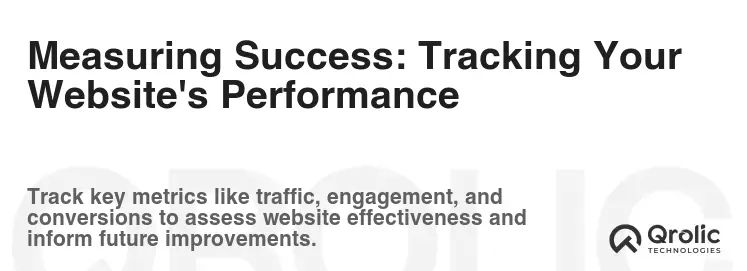
It’s crucial to track your website’s performance to understand what’s working and what’s not. This data will help you make informed decisions and optimize your website for even better results.
Key Metrics to Monitor
- Website Traffic: Track the number of visitors to your website, as well as the sources of your traffic (e.g., organic search, social media, referral links).
- Bounce Rate: Monitor the percentage of visitors who leave your website after viewing only one page. A high bounce rate may indicate that your website is not engaging or relevant to your target audience.
- Time on Site: Track the average amount of time that visitors spend on your website. A longer time on site may indicate that your website is providing valuable content.
- Page Views: Monitor the number of page views on your website. This can help you identify your most popular content.
- Conversion Rate: Track the percentage of visitors who take a desired action on your website, such as filling out a contact form or downloading a media kit.
- Media Mentions: Monitor media mentions of your clients and your agency to track the impact of your PR efforts.
Using Analytics Tools: Google Analytics and Beyond
Google Analytics is a powerful tool for tracking website traffic, user behavior, and conversion rates. It’s essential to set up Google Analytics on your website and regularly monitor your data.
- Set Up Goals: Define specific goals in Google Analytics, such as filling out a contact form or downloading a media kit.
- Track Conversions: Track the number of visitors who achieve your goals.
- Analyze User Behavior: Analyze user behavior on your website to identify areas for improvement.
- Monitor Your Audience: Monitor your website’s audience demographics and interests to better understand your target audience.
In addition to Google Analytics, there are other analytics tools that can provide valuable insights into your website’s performance, such as:
- SEMrush: A comprehensive SEO tool that can help you track your keyword rankings, analyze your competitors, and identify opportunities for improvement.
- Ahrefs: Another popular SEO tool that provides detailed data on backlinks, keyword rankings, and website traffic.
- Moz: An SEO software suite that offers a range of tools for keyword research, on-page optimization, and link building.
A/B Testing: Continuously Improving Your Website
A/B testing is a process of comparing two versions of a webpage to see which one performs better. This is a valuable technique for continuously improving your website and optimizing it for maximum results.
- Identify Areas for Improvement: Identify areas of your website that you want to improve, such as your headline, call to action, or layout.
- Create Two Versions of the Page: Create two versions of the page, with one small change between the two versions.
- Test the Two Versions: Test the two versions of the page and track their performance.
- Implement the Winning Version: Implement the winning version of the page on your website.
- Repeat the Process: Continuously repeat the A/B testing process to optimize your website for maximum results.
Qrolic Technologies: Your Partner in Building a Powerful PR Agency Website
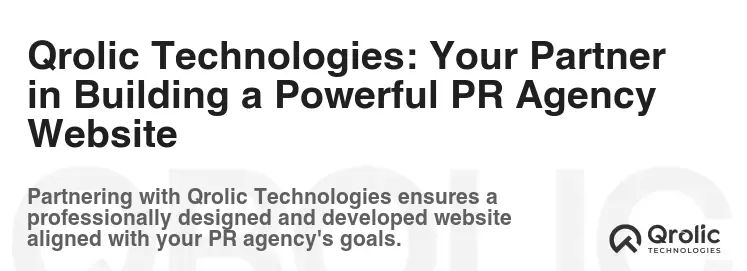
Creating a high-performing PR agency website that attracts media attention requires expertise in design, development, content creation, and SEO. That’s where Qrolic Technologies (https://qrolic.com/) comes in.
How Qrolic Technologies Can Help Your PR Agency
Qrolic Technologies is a leading web design and development company that specializes in creating custom websites for businesses of all sizes. We have a deep understanding of the PR industry and can help you create a website that is both visually appealing and effective at attracting media attention.
- Custom Website Design: We create custom website designs that are tailored to your specific needs and goals.
- Responsive Web Development: We ensure that your website is responsive and adapts seamlessly to different screen sizes.
- SEO Optimization: We optimize your website for search engines to help you attract more organic traffic.
- Content Creation: We can help you create compelling content that will attract media attention.
- Ongoing Support: We provide ongoing support to ensure that your website is always up-to-date and performing at its best.
Our Expertise in Media-Focused Design
We understand the unique needs of the media and can help you create a website that is easy to navigate, visually appealing, and provides all the information that journalists need to write about your clients.
- Dedicated Media Room: We can create a dedicated media room on your website that provides easy access to press releases, images, videos, and other essential resources.
- Optimized Content: We can help you optimize your website content for search engines to ensure that journalists can easily find your website when they are searching for information.
- Mobile-Friendly Design: We can ensure that your website is mobile-friendly, allowing journalists to access your website from their mobile devices.
Why Choose Qrolic Technologies?
- Experience: We have years of experience in creating custom websites for businesses of all sizes.
- Expertise: We have a deep understanding of the PR industry and can help you create a website that is both visually appealing and effective at attracting media attention.
- Customer Service: We are committed to providing exceptional customer service and ensuring that you are completely satisfied with our work.
- Results: We are focused on delivering results and helping you achieve your business goals.
Contact Qrolic Technologies today to learn more about how we can help you create a powerful PR agency website that attracts media attention and drives business growth.
Staying Ahead of the Curve: Future-Proofing Your Website

The digital landscape is constantly evolving, so it’s essential to stay ahead of the curve and future-proof your website.
Emerging Trends in Website Design and PR
- Artificial Intelligence (AI): AI is being used to personalize website experiences, automate tasks, and provide better customer service.
- Virtual Reality (VR) and Augmented Reality (AR): VR and AR are being used to create immersive website experiences.
- Voice Search: Voice search is becoming increasingly popular, so it’s important to optimize your website for voice search.
- Personalization: Personalization is becoming increasingly important, as users expect to see content that is relevant to their interests.
- Data Privacy: Data privacy is a growing concern, so it’s important to be transparent about how you collect and use user data.
Continuous Improvement: A Never-Ending Process
Creating a successful PR agency website is not a one-time project, it’s an ongoing process. You need to continuously monitor your website’s performance, adapt to changing trends, and make improvements as needed.
- Regularly Update Your Content: Keep your website content fresh and up-to-date.
- Monitor Your Website’s Performance: Track your website’s performance and make adjustments as needed.
- Stay Up-to-Date on Industry Trends: Stay informed about the latest trends in website design and PR.
- Experiment with New Technologies: Experiment with new technologies to see how they can improve your website.
By following these tips, you can create a PR agency website that attracts media attention, drives business growth, and helps you stay ahead of the competition.
